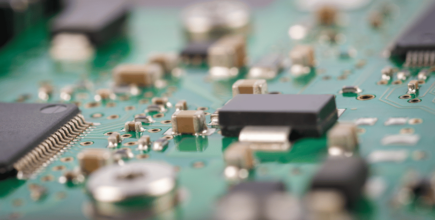
Navigating Custom PCBA FAQs: A Comprehensive Guide
Automated Optical Inspection (AOI), electronic assembly, pcb assembly, pcba, printed circuit board assembly, SMT As the technological landscape continues to evolve, custom Printed Circuit Board Assemblies (PCBAs) have become integral components in the development of cutting-edge electronic devices....Read More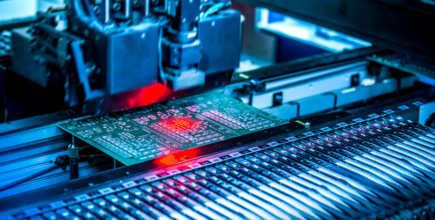
Behind the Scenes: The Making of Custom PCBAs
Automated Optical Inspection (AOI), electronic assembly, flexible pcbas, pcb assembly, pcba, printed circuit board assembly, quality control, SMT Precision and innovation go hand in hand. At PGF Technology Group, a trusted custom manufacturer specializing in printed circuit boards (PCBs), cables, wire harnesses,...Read More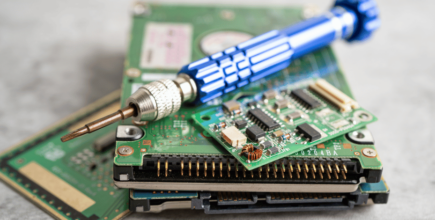
Re-introducing PCBA: Redefining Compact with Impact
electronic assembly, flexible PCBs, iot integration, pcb assembly, pcba, printed circuit board assembly, rigid-flex pcbs, SMT In the fast-paced world of electronics, where innovation is the driving force, Printed Circuit Board Assemblies (PCBAs) play a pivotal role. At PGF Technology...Read More
Enhancing Connectivity: The Role of 5G in Electronics
communication systems, electronic assembly, industrial automation, iot revolution, pcb assembly, pcba, printed circuit board assembly, SMT In the ever-evolving landscape of electronics, connectivity is the heartbeat that powers innovation. As we usher in a new era, 5G technology is emerging...Read More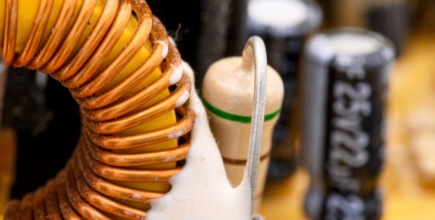
Printed Circuit Board Component Guide
capacitor, components, diode, inductor, led, pcb assembly, pcba, printed circuit board assembly, resistors, sensor, SMT, transformer (Click To Enlarge) Circuit board components are an essential part of every printed circuit board assembly to ensure they run optimally in their intended...Read More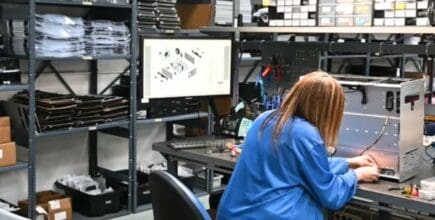
Building for Reliability: Ensuring Longevity in Complex Electronic Assemblies
box build assembly, electronic assembly, pcb assembly, pcba, printed circuit board assembly, quality control, SMT, surface mount technology, systems integration Whether you’re developing advanced industrial machinery, cutting-edge medical devices, or sophisticated communication systems, the longevity of your electronic assemblies is a top priority. At...Read More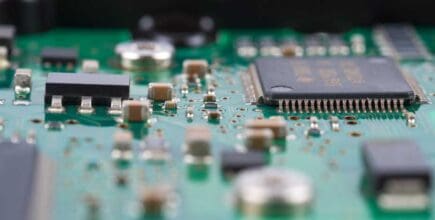
Unveiling the Advantages of Surface Mount Technology (SMT) in PCB Assembly
component density, heat dissapation, pcb assembly, pcba, printed circuit board assembly, SMT, space efficiency, surface mount, surface mount technology At PGF Technology Group, a leading electronic assembly manufacturing company, we’re constantly exploring new technologies and techniques to enhance the quality and efficiency of...Read More
Ball Grid Arrays (BGAs) for PCBA
ball grid array, bga, pcb components, pcba, printed circuit board, SMT, solder joints, surface mount technology, x-ray What’s the BGA Deal? Printed circuit board (PCB) assembly has come a long way since the early days of through-hole components. With the advent...Read More


